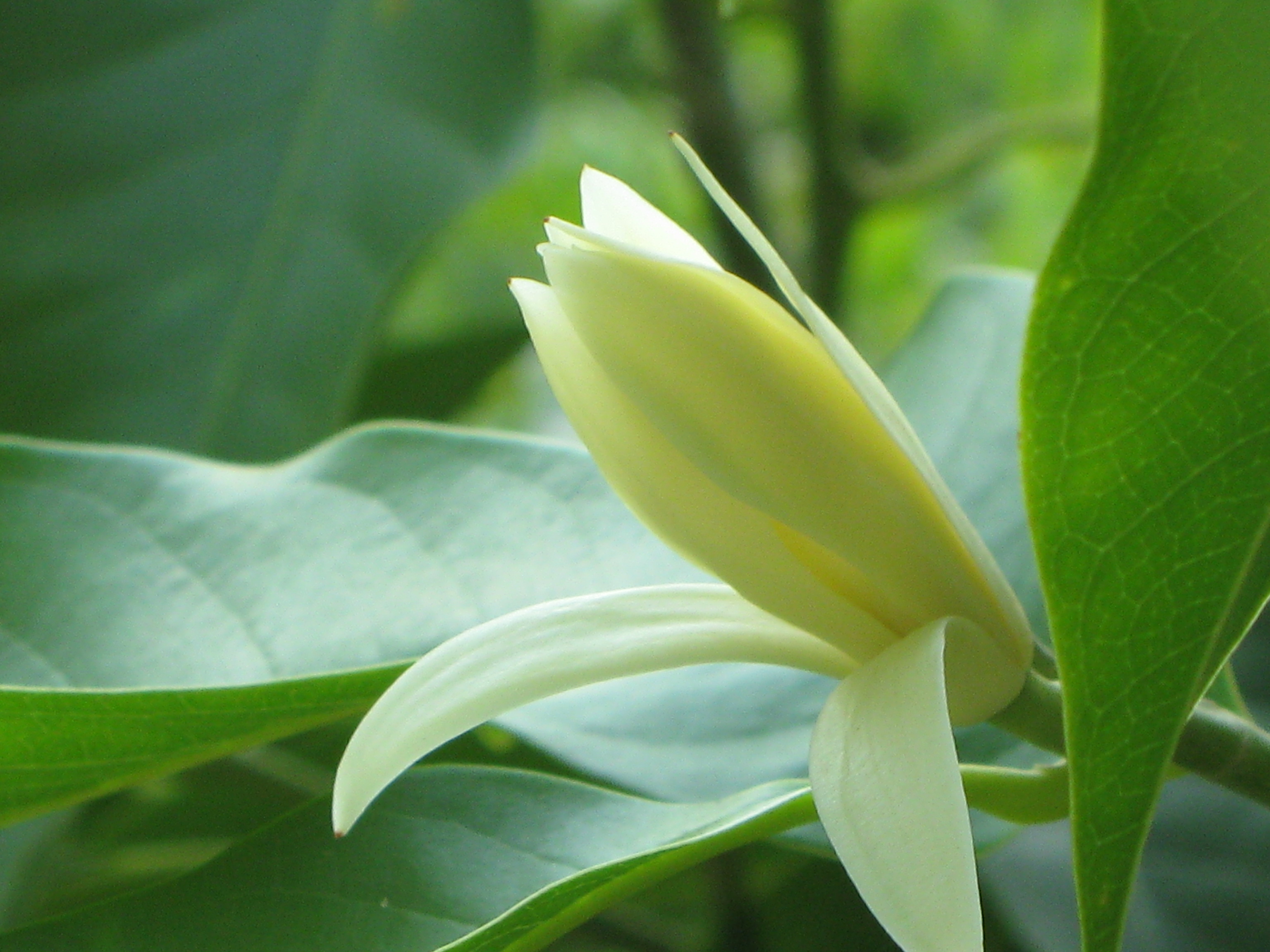|
Champaca
''Magnolia champaca'', known in English as champak (), is a large evergreen tree in the family Magnoliaceae.efloras.org: Flora of China treatment of ''Michelia (Magnolia) champaca'' accessed 7.12.2015 It was previously classified as ''Michelia champaca''. It is known for its fragrant flowers, and its timber used in woodworking. Etymology The species epithet, ''champaca'', comes from the Sanskrit word ().Vernacular names Other vernacular names in include joy perfume tree,[...More Info...] [...Related Items...] OR: [Wikipedia] [Google] [Baidu] |
Magnolia × Alba
''Magnolia'' × ''alba'', also known as the white champaca, white sandalwood, or white jade orchid tree, is a flowering plant of hybrid origin that is commonly cultivated in Southeast Asia and tropical regions of East Asia. Although the exact origin is uncertain, it is considered to be a hybrid of '' Magnolia champaca'' and '' Magnolia montana''. Names The current name of the white champaca is derived from its local name in Indonesian, ''Cempaka Putih''. The white champaca is known by various names in English including ''pak lan'' in Hawaii like Cantonese transcription of 白蘭. Horticultural trade names used in the United States include the taxonomic synonym ''Michelia alba'' to fanciful ones such as 'white fragrant himalayan champaca'. Names in other languages include ''kantil'' in Javanese. In Taiwan, the tree and specifically the flower, is known as 玉蘭花 (yü lan hua). Description ''Magnolia'' × ''alba'' matures to 30 meters with evergreen leaves; the flowers have ... [...More Info...] [...Related Items...] OR: [Wikipedia] [Google] [Baidu] |
Paradoxurus Montanus
The golden palm civet (''Paradoxurus zeylonensis'') is a palm civet endemic to Sri Lanka. It is listed as Vulnerable on the IUCN Red List. Its distribution is severely fragmented, and the extent and quality of its habitat in Sri Lanka's hill regions are declining. The golden palm civet was described by Peter Simon Pallas in 1778. Taxonomy ''Viverra zeylonensis'' was the scientific name proposed by Peter Simon Pallas in 1778 for a palm civet specimen from Sri Lanka. Between the 19th and early 21st centuries, several zoological specimens were described, including: *''Paradoxurus aureus'' by Frédéric Cuvier in 1822 *''Paradoxurus montanus'' by Edward Frederick Kelaart in 1852 who described a fulvous brown palm civet from the mountains of Sri Lanka, which he considered a variety of the golden palm civet. *''Paradoxurus stenocephalus'' by Colin Groves and colleagues in 2009 who described a golden brown specimen from Sri Lanka's dry zone. They proposed to regard ''P. montanus'', ''P ... [...More Info...] [...Related Items...] OR: [Wikipedia] [Google] [Baidu] |
